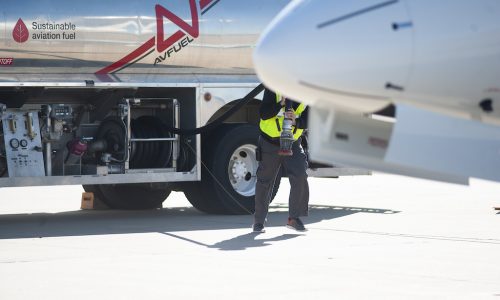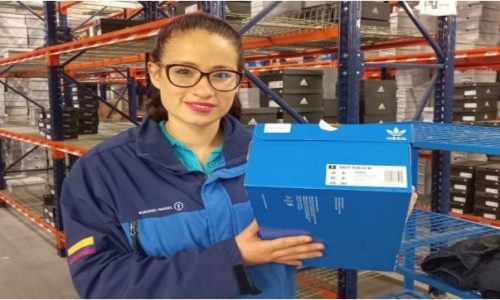- An end to end liquid hydrogen aircraft fuel system demonstrator comprising liquid hydrogen fuelling, storage and cryogenic hydrogen conditioning apparatus
- System performance verified via a Proton Exchange Membrane (PEM) fuel cell stack, with electrical loading representative of typical flight requirements
- From concept to operation, the demonstrator was delivered within 12 months
- Part of the Safe Flight project funded by Innovate UK under the Future Flight Challenge
GKN Aerospace has achieved a major milestone delivering a ground-based demonstrator of a liquid hydrogen aircraft fuel system.
The demonstrator was designed, built and tested in collaboration with Filton Systems Engineering, under the Innovate UK-funded Safe Flight project.
The goal of the project was to investigate the feasibility of using a liquid hydrogen fuel source to increase the endurance of a search and rescue uncrewed aerial system (UAS) concept.
The project enabled GKN to understand and address many of the safety concerns raised by the introduction of such a novel fuel. Integrated fuel tank design and distribution solutions were developed, including vaporisation and conditioning of the liquid hydrogen.
The performance of the fuel system was verified by coupling it with a proton exchange membrane (PEM) fuel cell stack, representative of the type that could be installed on a future zero emission aircraft.
The project demonstrated successful storage and management of liquid hydrogen, supplying the fuel cell power system with hydrogen at the required temperature and pressure over a range of electrical loads typical of a UAS search and rescue mission.
Key outcomes of the project include development of safe system design, manufacturing knowledge, operational knowledge for liquid hydrogen fuel systems, hydrogen fuel system test data, and an adaptable test rig suited to further study of hydrogen components and subsystems.
Max Brown VP Technology GKN Aerospace said: “We are delighted with the outcome of this project and believe we are very much at the forefront of exploring the challenges in this area. In a single end – end test environment the team have demonstrated fuelling and storage of liquid hydrogen, conditioning and distribution of cryogenic gas, and the use of PEM fuel cells to generate electrical power.”
Brown continued: “While the focus of this work was on a small scale platform, the achievement is highly aligned with other work we are conducting in programmes such as H2GEAR, where we are delivering propulsion technologies focussed on enabling zero emissions flight.”
The Safe Flight project has positioned GKN Aerospace for larger and more complex demonstrations of hydrogen-powered aircraft in the future.

